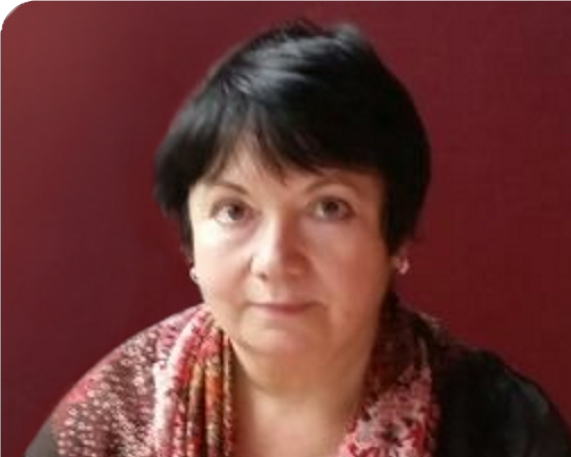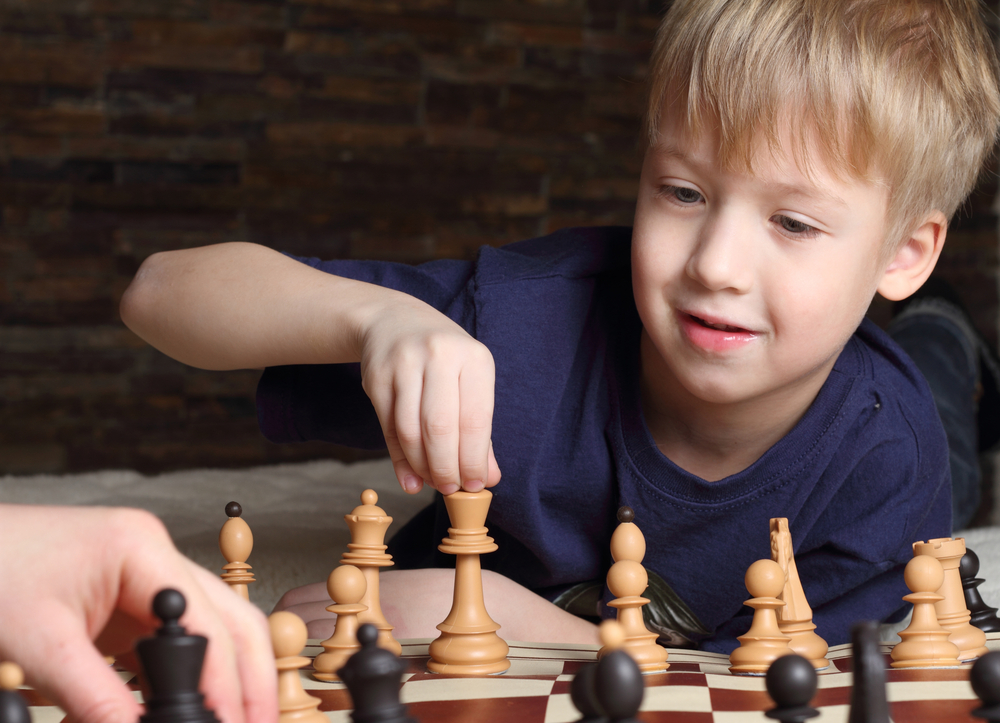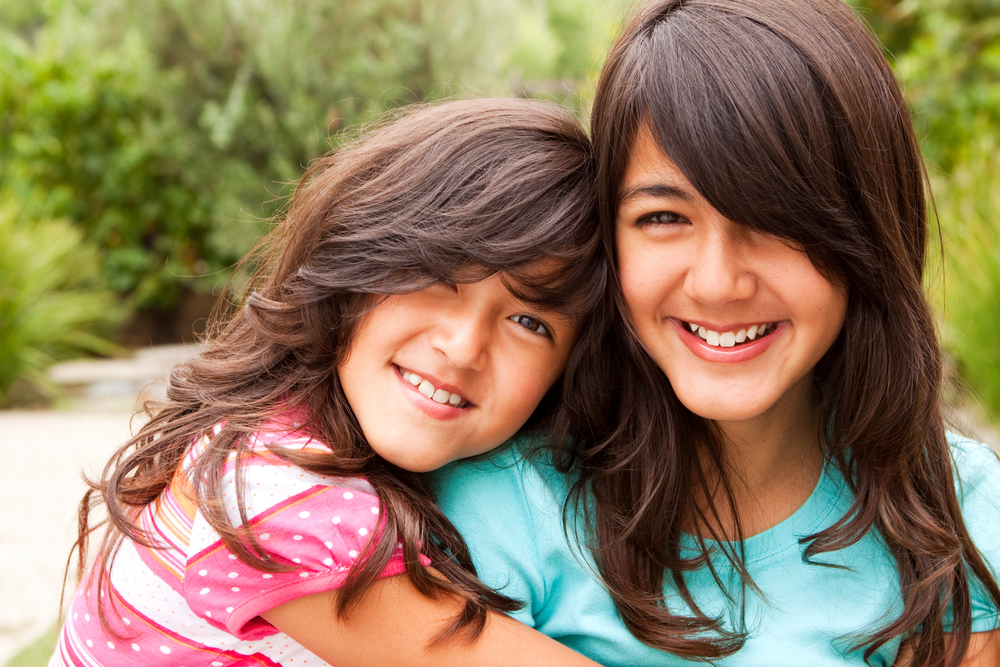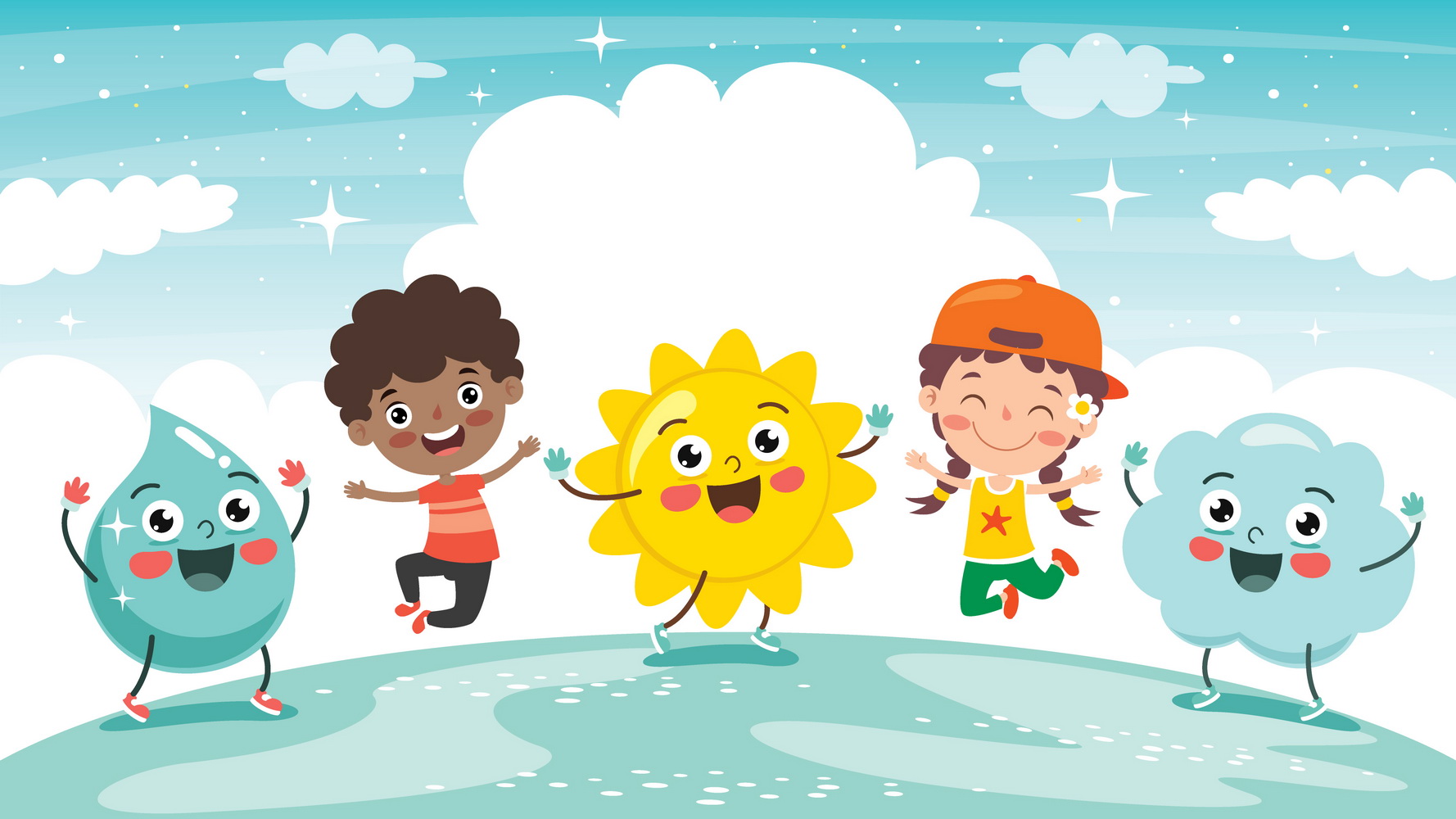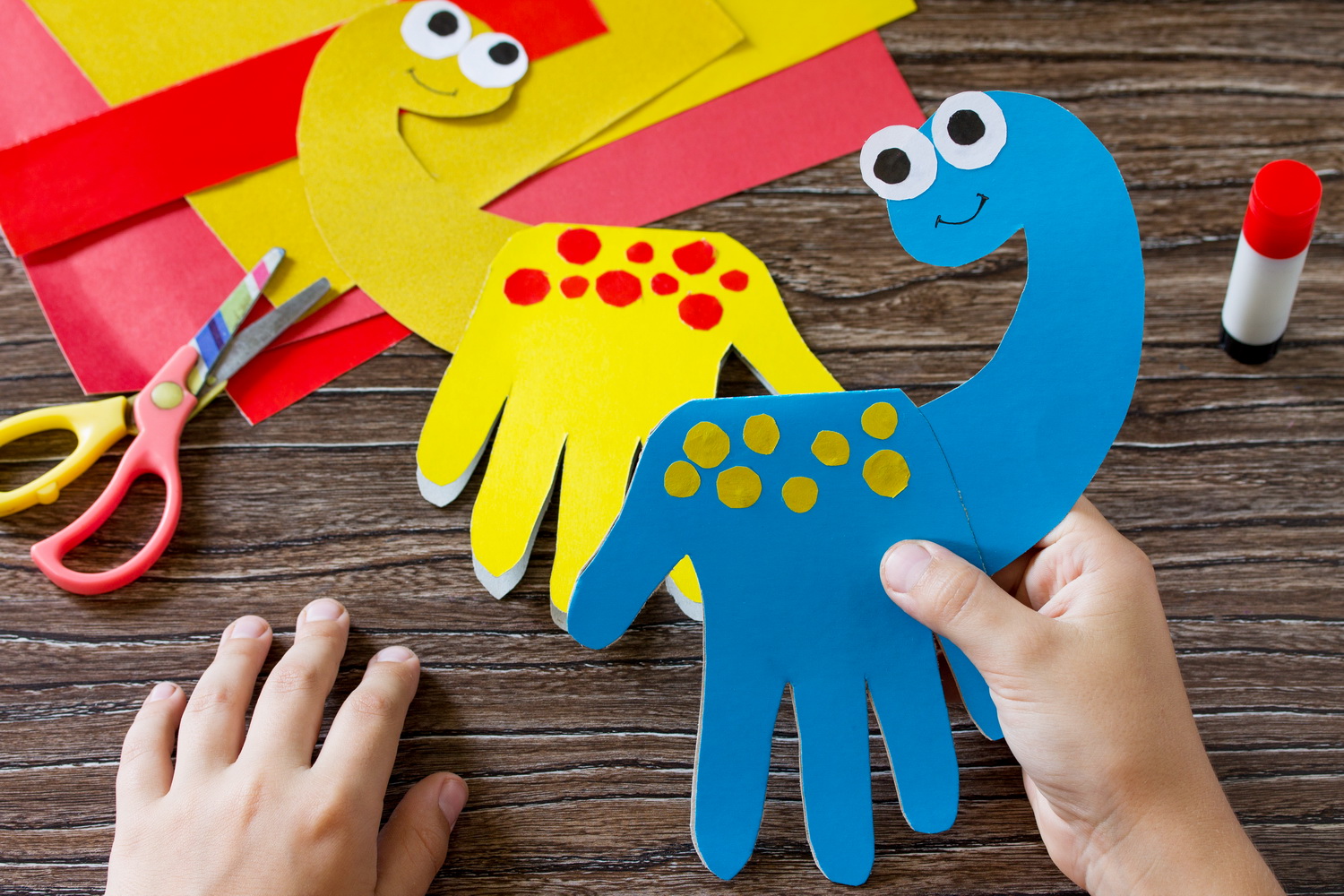Hyperactivity in Children: Causes and Ways to Manage It
Dec. 27, 2021
All the preschool children are usually very active. Preschool children`s activity is the age norm. They like to run, jump, climb on benches and climbing frames, play outdoor games, sing and dance.
How to distinguish a high level of activity from hyperactivity and overexcitability?
The active child is not always super-active. If something arouses the child's interest (a bright book, an entertaining game), he can calmly study a book or play with enthusiasm. Excessive activity can also be a consequence of overwork, boredom or even stress, as well as a desire to attract attention to yourself. When the source of irritation (stress, boredom, etc.) is eliminated from a healthy child`s everyday life, the activity level soon normalizes.
The hyperactive child, on the contrary, behaves equally actively in any situation: at home, in the kindergarten, at the party. Neither admonitions nor punishments influence a hyperactive child`s behaviour. A hyperactive child simply cannot control his behavior.
Attention Deficit Hyperactivity Disorder (ADHD) among older preschool-age children is usually considered by specialists as a combination of three components: inattention, impulsivity and hyperactivity. The diagnosis can be made when all these characteristics have been observed in a child`s behaviour for at least 6 months. In this case, parents must necessarily consult with a neurologist and a psychologist.
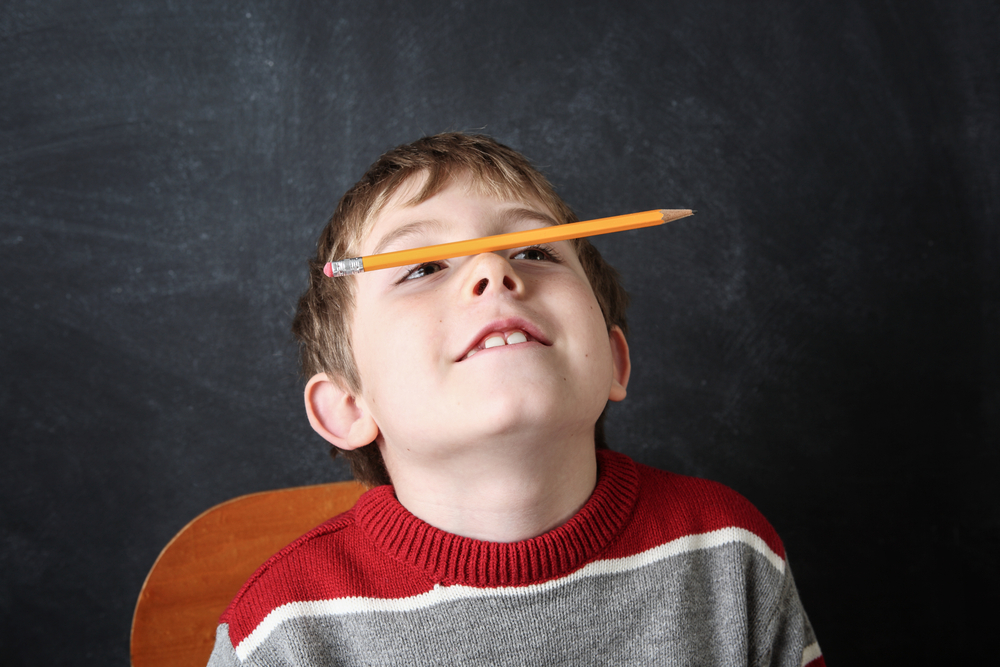
But in any case, the environment where both an active child and a hyperactive one are, the way their daily routine is organized, greatly affect their behaviour.
Therefore, it is important for parents to take into consideration the following principles while making a child's daily routine:
- Home atmosphere should be as calm as possible.
- Scolding a child for "bad" behaviour should by no means be.
- The principle of a calm social environment: it is necessary to avoid large crowds and noisy places.
- The principle of minimizing TV viewing and using gadgets. Spend more time outdoors!
- The principle of continuity/constancy of the rules should be observed. For example, if it is not permitted to scatter toys, it means they cannot be scattered not only now but always. Or if it is not permitted to play with a fork (spoon, cup) while eating, then it is never permitted.
- The principle of a constant daily routine. For example, it is necessary to go to bed, walk or have dinner at the same time, irrespective of whether it is a day off or a weekday.
The same applies to the duration of a walk, watching cartoons or playing learning games for kids. They should last equally long and take place in the same conditions (in the same room, in the same park, etc.)
- The principle of creating conditions for the release of accumulated energy. These are long walks, outdoor games, and any other physical activity. Choose a sport group for your child. (Swimming, skiing, tennis, wushu, and equestrian sport are perfectly suitable.)
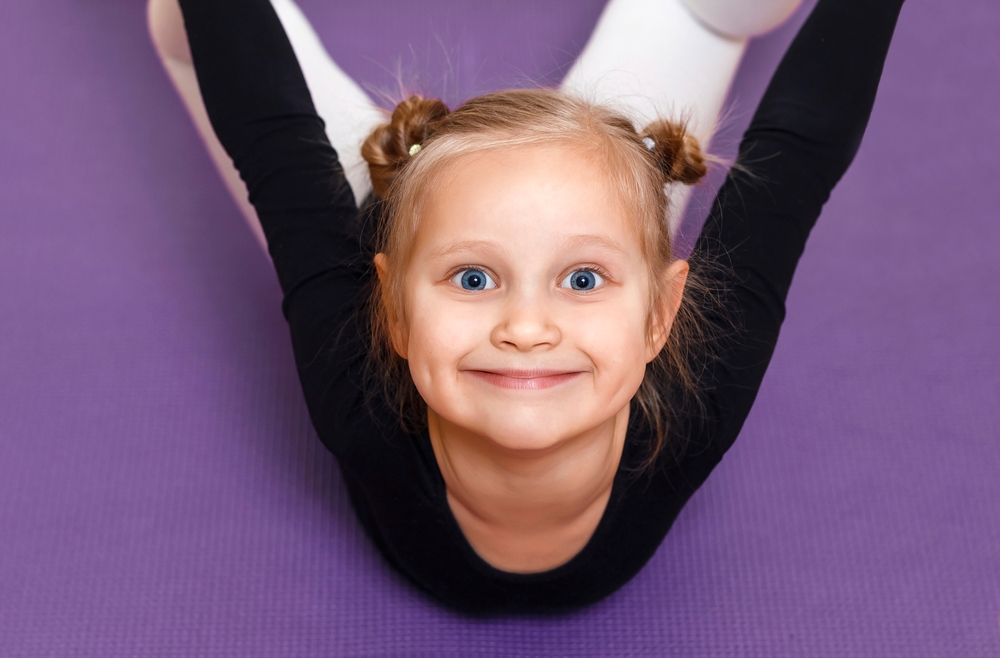
Give a child maximum freedom to get rid of the accumulated energy.
And vice versa classes and quiet games should take place in a "quiet place" without useless stimuli (background sounds, extra toys), without the presence of other people (for example, grandmothers).
- The principle of redirecting excess energy to another channel. This means, give your child small, necessarily concrete assignments: to water flowers, collect beans scattered on the floor in a jar, collect pencils in a box, etc. It is important to praise a child for completing tasks, even if they are not done completely or perfectly. The main thing is to motivate a child to further doing of "important tasks"!
- The principle of structuring space. Help a child to conveniently organize the room where he lives. It is difficult for restless children to clean a room on their own. It is advisable to purchase a lot of multi-coloured containers, label them (stick appropriate pictures), teach a child to classify and put things in their places.
- The principle of developing self-organization skills. For this purpose you can use, for example, memo cards, reminding what a child should do before going to bed: to brush his teeth, fold his clothes, put on pajamas.
- The principle of regenerating sleep. A full sleep is very important for a very active child.
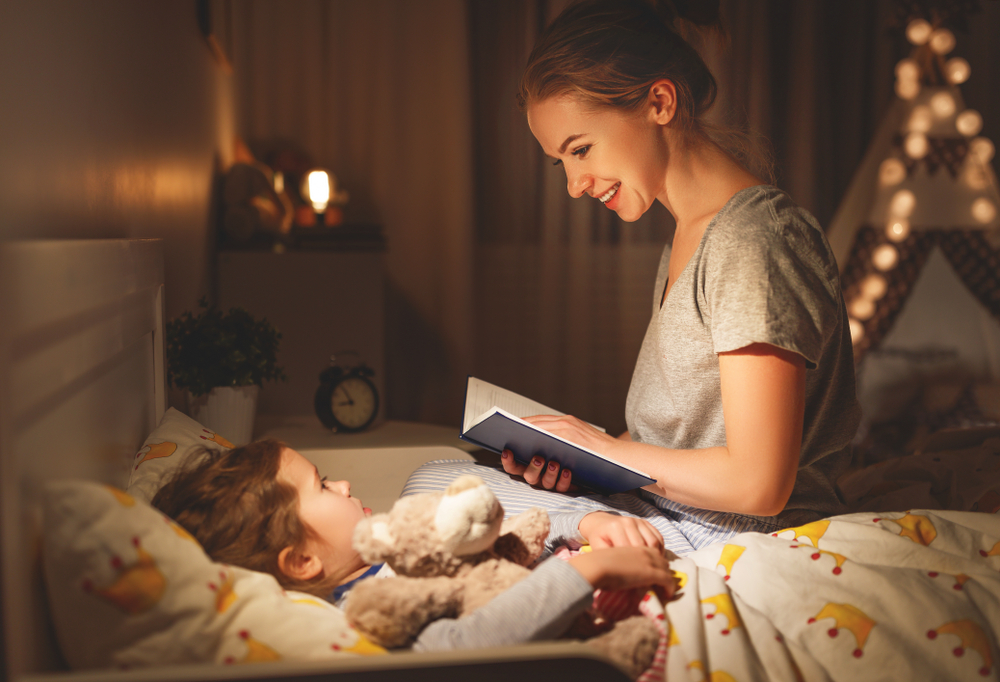
Preparing for going to bed, you should follow several rules
- Avoid noisy games and vivid emotional impressions 1.5 ‑ 2 hours before bedtime.
- An evening diet should include food that has the effect of a light soothing: warm milk, honey, almond, fermented milk products (kefir, yogurt). Limit the consumption of sweet food in the evening. It is scientifically proved that excessive consumption of sugar makes children hyperenergetic.
- Work out certain rituals and follow them constantly. Before going to bed, let your child take a warm shower or bath with a soothing herbs infusion, brush his teeth, read a book, sing a lullaby, give your child a light massage.
- Involve a child in the process of preparing for bedtime. Develop associations that will form a child's mindset for a night's sleep. Together with your child put his favorite toy to bed, look at the sky: "stars (clouds, the sun) will also sleep", lower the blinds (close the curtains), turn on (turn off) the night light.
While communicating with a child the following is important
In order to have an effective influence on a child, it is necessary to establish an optimal visual ("Look at me", "Look into my eyes"), speech ("Do you hear me?", "Do you understand me?"), and, if it is necessary, tactile (to touch, pat on the palm, on the head) contact. Physical contact is very important for children. Hug a child, cuddle him in difficult situations when he cannot cope with emotions or excitement.

About the author
Germany, Ratingen.
Links and references:
- Conrad, P. Identifying Hyperactive Children / P. Conrad. – Ashgate Publishing, 2006. – 159 p.
- Bryazgunov, I. P. Super-active child or everything about hyperactive children./ I.P. Bryazgunov, E. V. Kasatikova. ‑ M. : Publishing House of the Institute of Psychotherapy, 2002. ‑ 96 p.
- Barkley, R. Take Charge of ADHD: The Complete Authoritative Guide for Parents. ‑ New York: Guilford Publications, 2005. ‑ 331 p.
- Barkley, R., M. Your naughty child. / R. Barkley, Ch. Benton ‑ St. Petersburg : Peter, 2004. ‑ 218 p.
- https://findmykids.org/blog/ru/giperaktivnyj-rebenok
- Miller, A. Am Anfang war Erziehung. / A.Miller. ‑ Frankfurt, 2014. – 227 p.
- Hengst, H. Kindheit als Fiktion. / H. Hengst. ‑ Frankfurt am Main, 1981. – 241 p.


